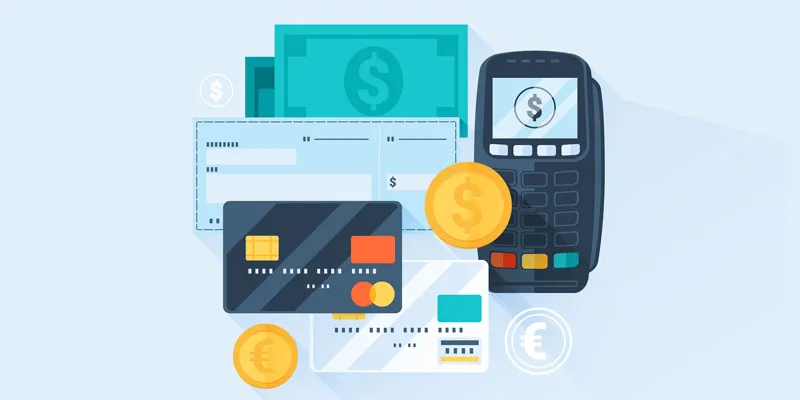How can the convoluted process of media buying be simplified?
In the past, I’ve written on selling in various emerging markets (CH, SEA, MEA, LATAM). But, now, how about buying in India?
Of course, we all love buying and shopping! Mobile shopping, in fact, has doubled over the last few years thanks to banking apps, in-app shopping and digital wallets according to a Mastercard online shopping behavior survey. We love buying apparels and accessories, latest gadgets, vehicles, exotic holidays- everything. In fact, we may need a de-addiction programme for online-shopping addicts.

So what do we mean by buying?
As a media owner, I sold mobile media. But, how does buying media work in India and abroad? Any marketer grapples with it when launching a new product, be it soap, gadget, financial insurance or even mobile app. What are the various options available to marketers, then? And how can I tell a story about my brand that connects and resonates with my audience? Which medium should I put my money in, and what percentage should be on traditional against digital? As simple as it may sound, buying media is a convoluted process. New and mobile media make it even more confusing with new jargons popping up routinely, like CTR, CPC, DSP, ad exchange, DMPs or RTB. The list keeps growing. Ask any marketing manager or agency representative, and she‘ll share similar As simple as it may sound, buying media is a convoluted process problematic experiences of keeping on top of this ever-changing landscape.
Hence, in a series of articles, it will be my effort to demystify this jargon-infused space to make buying simple and seamless.
Advertising is where a brand (advertiser) wants to engage with its consumers (target audience) to make them aware of their presence; to build interest and desire; and to ultimately sell its product and services. The engagement can happen on various media like TV, print, radio, and digital, etc. These media, where the consumers consume content, are called publishers.
The art of buying media involves the six Ms: Message (the specifics of communication), Medium (the means of communication), Market (the target audience), Mission (the campaign objective), Money (capital, a marketer is willing to spend) and Measurement (assessing the impact of communication).
In order to help the advertiser, companies partner with an advertising agency responsible for creating, planning and executing the integrated marketing communication for the brand. These agencies can either be creative (specialise in the creation of the advertisement in one/all media) or media agencies (how and where to advertise choosing the apt media) or both. There are also specialised agencies that build expertise in certain areas of the communication process like media, vertical (e.g. health) or art form (e.g. animation). With the explosion of digital technology, this space has fragmented further with humongous volumes of data being constantly generated, stored, and analysed to keep fine-tuning the marketing communication.
Once you have decided the message, mission and market, the big question is the medium. This becomes important in the media-cluttered world, where consumers keep shifting from one medium to another. Each medium has its own merits, and you need to first access the campaign objective before making any choice.
In a multi-screen world, each screen is different in terms of size, content and usage. It isn’t enough anymore to adapt the same message for each screen. Instead, it helps to think of your idea as a story. Use each screen differently to tell different chapters of it. Many a times, brands forget to use their own media effectively before rushing towards paid media like TV or banner ads. Take, for example, a car manufacturer. It can use its website to showcase various product lines; a blog to drive engagement and interest; a digital ad to experience the car at the comfort of the couch and find the nearest dealer for a test drive; and social media to enable conversations and build fans.
Lastly, do remember that an average user is inundated with information from at least 89 websites a month; has liked 80 brands on FB pages; and has, on average, 338 friends filling her Newsfeed. Hence, you need to give her something worthwhile to engage with.
People come online to socialise, search for information, and find a utility or just for entertainment. Make sure your campaign ticks one or more of those boxes, and you’ll have a reward worth coming back for. Lastly, if possible, in order to break the noise, leverage influencers either on social media or outside to broadcast and amplify your message.
In the age of attention deficit and explosion of choices for users, advertising has to adapt to become personalised, besides being visually and emotionally appealing. It has to provide users with variety, choice and trust, because in these times advertising is not just about showing your product, but a delicate balance of art and science, data and design.







